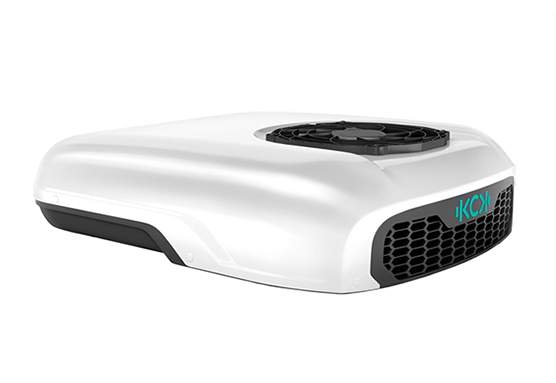









The division has production competencies that enable it to manufacture state-of-the-art braking equipment for various types of rail transport.
The primary task of the Braking Equipment Division is to master repairs of earlier supplied braking equipment, as well as to launch the manufacture of new products.
The division has built up a project team involving highly qualified engineers with extensive experience in the field of braking equipment for rail vehicles. The comprehensive efforts made are aimed at masting the production of components in cooperation with external suppliers to launch manufacture of new products.
The division's manufacturing site meets the best international standards and is fitted with modern technological equipment. In the production process, components of Russian and foreign manufacturers fr om friendly countries are used.
The division has its own testing infrastructure wh ere prototypes of new and modernized products are tested:
Acceptance performance validation tests for newly developed products in accordance with the requirements of the terms of reference.
Type performance validation tests for modernized products.
Periodic tests confirming the requirements of the specifications.
Research tests on optimizing the design and verifying component-analogues.
Product quality control.
Organizing and conducting internal and external audits to assess compliance with internal corporate and international requirements.
Measurement assurance of production.
Performing CMM measurements and non-destructive testing of products.
Interaction with the Technical Audit Center at OJSC RZD.
The division's service department is staffed with highly qualified workers and engineers, which makes it possible to promptly respond to requests from the organizations operating and maintaining rolling stock.
Production materials are provided by Russian and foreign suppliers. The supply chain is stable, the range of supplies is constantly expanding. The manufacturing site is equipped with a modern warehouse complex integrated into production. State-of-the-art technologies are used to store supplies in automated vertical storage systems and on narrow aisle racks 10 m high.
Conducting collaborative cross-sector work.
Optimizing productivity and efficiency by reducing losses.
Standardizing procedures and methods by sharing best practices.
Maintaining clean and ergonomic working environment due to regular internal audits.
Ensuring continuous evaluation and improvement through continuous production management.
Training supervisors and implementing lean manufacturing projects.
We really appreciate your opinion and are grateful for your help in the development of the Society!